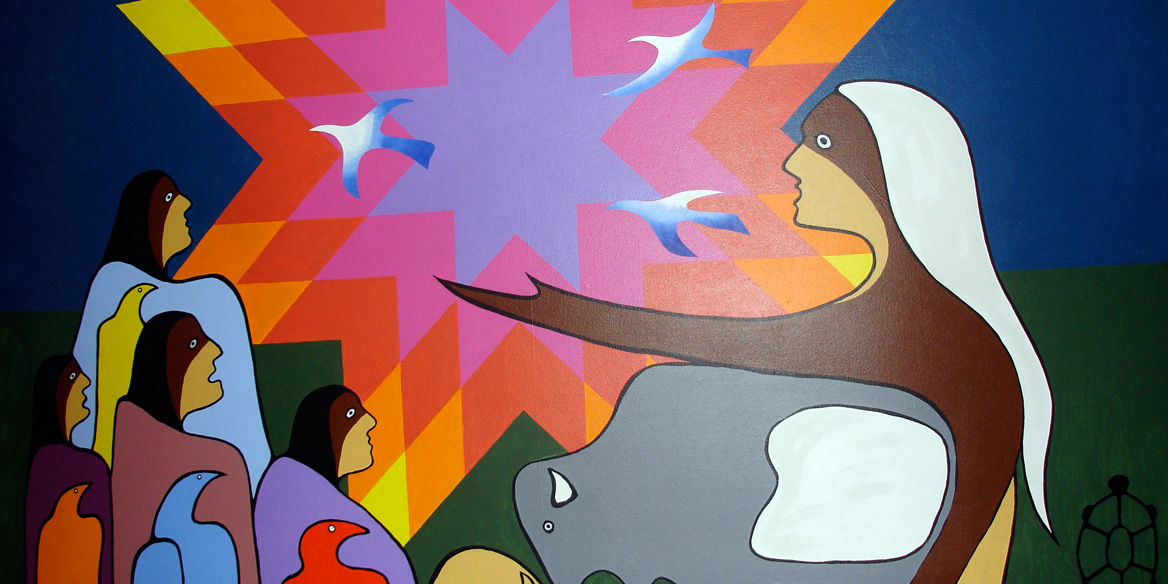Storytellers of the Night: Oral Traditions in Modern Times invites you to dive into the fascinating realm of folklore, where age-old tales intertwine with the threads of contemporary life. Folklore, encompassing myths, legends, fables, and fairy tales, serves as a vibrant tapestry of cultural values and shared experiences that connect generations. As we navigate through this rich narrative landscape, we uncover the importance of preserving these oral traditions that not only entertain but also educate and unite communities in our rapidly changing world.
From the echoes of ancient myths to the moral lessons embedded in beloved fables, this discussion highlights how these stories shape our identities and reflect societal values. We explore the dynamic relationship between folklore and modern storytelling, examining its resurgence in literature and digital media, ultimately showcasing the enduring power of these narratives in our lives today.
Welcome to the enchanting world of folklore! Today, we’re diving into the rich tapestry of tales that have woven themselves into the cultural fabric of societies around the globe. Folklore is more than just stories; it’s a reflection of the beliefs, traditions, and moral lessons of different communities. Join me as we explore the fascinating narratives that have been passed down through generations, showcasing the diversity and depth of human experience.
### What is Folklore?
Folklore encompasses the traditional beliefs, customs, and stories of a community, often conveyed through oral storytelling. It includes a variety of genres such as myths, legends, fairy tales, and fables. These narratives are not only entertaining but also serve as a means of imparting wisdom and values to younger generations. Folklore can be found in every culture, and it often serves to unite people by providing a shared history and identity.
### The Importance of Folklore
Folklore plays a crucial role in preserving cultural heritage. In many societies, oral traditions have been the primary means of passing down knowledge before the advent of written language. These stories often contain moral lessons, historical events, and explanations of natural phenomena that help communities make sense of their world.
Moreover, folklore serves as a mirror reflecting societal norms and values. It can reveal what a culture prioritizes, fears, and hopes for. For instance, many fairy tales emphasize the triumph of good over evil, teaching listeners about justice and morality in a way that’s engaging and memorable.
### Types of Folklore
1. Myths: These are stories that explain the origins of the world, natural phenomena, or cultural practices. Myths often involve gods, goddesses, and supernatural beings. For example, Greek mythology tells the story of how the world was created and includes tales of deities like Zeus and Hera, embodying various human traits and emotions.
2. Legends: Legends are semi-historical tales that often have some basis in reality but are embellished over time. A well-known legend is that of King Arthur and the Knights of the Round Table, which has inspired countless adaptations and interpretations, blurring the line between history and myth.
3. Fairy Tales: These stories typically involve magical creatures and fantastical elements. They often carry moral lessons and are aimed at children, although many can be enjoyed by adults too. Classic fairy tales like “Cinderella” and “Snow White” have become staples in storytelling, each carrying its unique lesson about kindness, resilience, or the consequences of envy.
4. Fables: Fables are brief stories that usually feature animals as characters, imparting moral lessons. A famous example is Aesop’s “The Tortoise and the Hare,” which teaches the lesson that slow and steady wins the race, emphasizing perseverance over arrogance.
### Folklore Around the World
Every culture boasts its own unique folklore, often reflecting its history, environment, and values. For instance, Native American folklore is rich with stories that teach respect for nature and the interconnectivity of all living beings. Tales like “The Legend of the Great Bear” illustrate the significance of animals and the importance of harmony within nature.
In contrast, European folklore often features magical creatures like fairies, trolls, and elves, drawing from the landscapes and history of the region. The Brothers Grimm collected numerous German folktales, creating a legacy that continues to influence storytelling today.
### The Role of Folklore in Modern Society
In today’s fast-paced digital age, the importance of folklore has not diminished. In fact, it has evolved, finding new life in various forms of media. Movies, television shows, and books regularly draw from traditional folklore, breathing new life into age-old tales. For instance, Disney has adapted many classic fairy tales, introducing them to new generations while sometimes altering their original messages.
Social media has also played a pivotal role in the resurgence of interest in folklore. Online platforms allow people to share stories from their cultures, creating a global tapestry of folklore that transcends geographical boundaries. Podcasts, blogs, and YouTube channels dedicated to folklore have emerged, making these stories accessible to a wider audience than ever before.
### Preserving Folklore
As globalization continues to shape our world, preserving folklore and traditional stories is more important than ever. Many cultures are at risk of losing their unique narratives as dominant cultures spread. Initiatives to document these stories, whether through community storytelling events, workshops, or digital archives, are essential to keeping folklore alive.
Folklore studies in academia also play a vital role in conservation efforts. Researchers and scholars analyze and document folk narratives, ensuring they are preserved for future generations. Engaging with folklore can also foster a deeper understanding and appreciation of diverse cultures, promoting empathy and connection among people from different backgrounds.
### Conclusion
Folklore is a vital aspect of our shared human experience, offering insights into the values and beliefs that shape our societies. By exploring folklore, we not only entertain ourselves with captivating stories but also honor the traditions and wisdom of our ancestors. As we continue to share and adapt these tales, we contribute to the ongoing narrative of humanity, ensuring that the magic of folklore lives on in the hearts and minds of future generations. So, the next time you hear a story from your culture or another, take a moment to appreciate the rich world of folklore it represents. Happy storytelling!
FAQ Compilation: Storytellers Of The Night: Oral Traditions In Modern Times
What is folklore?
Folklore is the collection of traditional beliefs, customs, stories, and practices that are shared within a culture, often passed down orally through generations.
Why is it important to preserve folklore?

Preserving folklore is essential for maintaining cultural identity, fostering community bonds, and keeping moral lessons alive that can inform contemporary society.
How has technology impacted oral traditions?
Technology has transformed the way oral traditions are shared, allowing for digital storytelling and broader dissemination, but it also poses challenges in maintaining authenticity.

Are modern adaptations of folklore popular?
Yes, modern adaptations of folklore, such as films and literature, have gained popularity, demonstrating the timeless relevance of these tales in contemporary storytelling.
Can anyone become a storyteller?
Absolutely! Storytelling is an accessible art form that anyone can engage in, encouraging personal expression and cultural sharing.
Tinggalkan Balasan